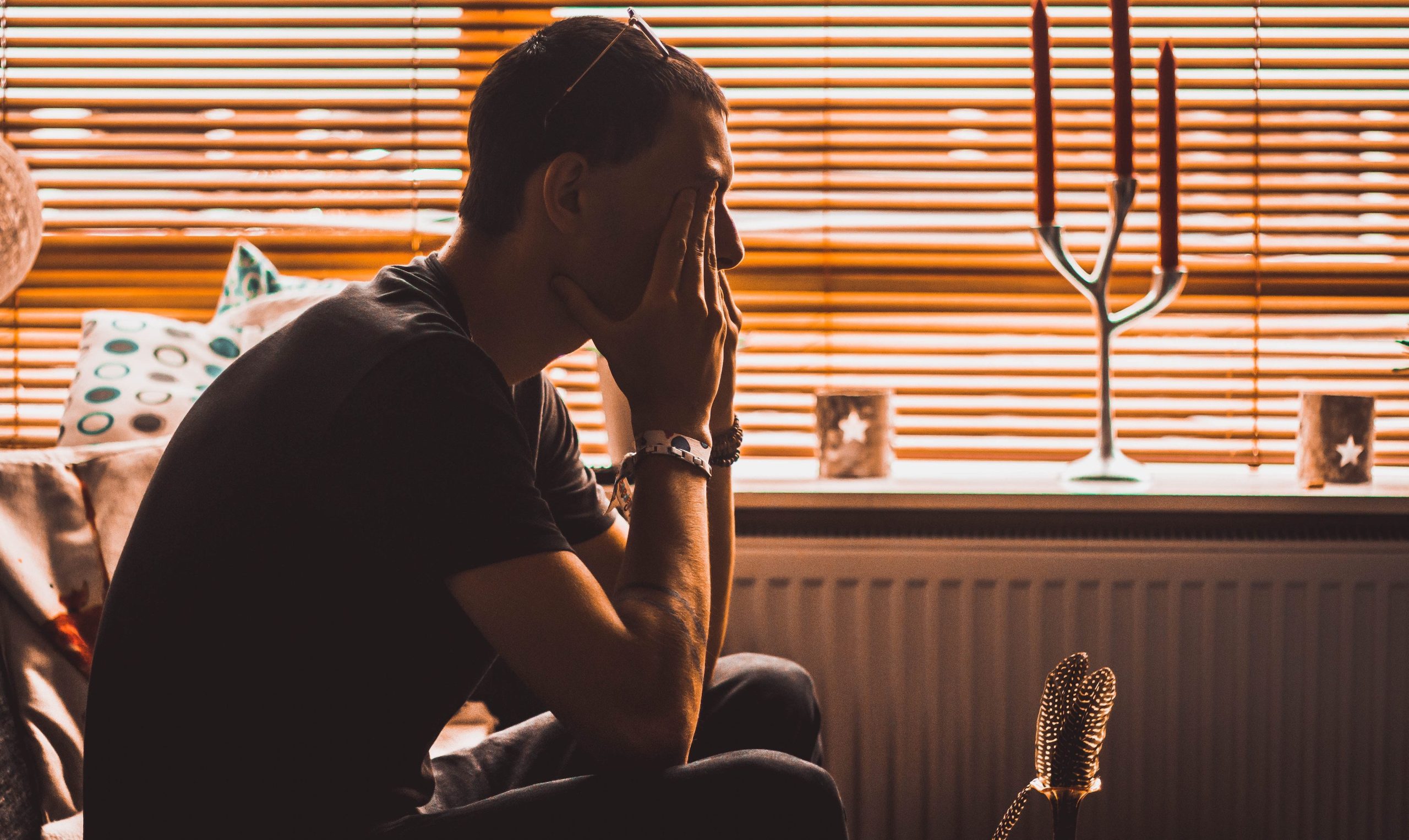What Is Anxiety?
Everyone feels anxious sometimes. Anxiety is a natural response to threats so it’s normal to find our anxiety increasing at the time of difficult life events or when we experience challenges. However, anxiety can become problematic when it seems out of proportion to the situation we’re facing. It’s also unhelpful when it interferes with our day-to-day lives. For instance, if we stop doing things we enjoy because we feel anxious.
Symptoms Of Anxiety
Anxiety can range from mild to severe. It has cognitive, emotional, and physical components. The thought process that drives anxiety tends to be about the future, so we might start to worry about things that could happen or that we can’t control. For example, anxious ‘what if’ thoughts can trigger feelings of fear which can lead our heart rate to increase. Symptoms of anxiety can include: worry, panic, fear, shortness of breath, a raised heart rate, difficulty sleeping, trouble concentrating, feeling tired or lacking in energy, or being very restless.
Five Top Tips To Manage Anxiety
When we’re feeling anxious or experiencing panic there are things that we can do to look after ourselves. We can ask our family and friends to support us too. However, if the anxiety you’re experiencing is very distressing, difficult to manage, or lasts for a long time then it can help to reach out for support from a mental health professional.
1. Focus On Your Well-Being
Anxious thoughts are often more pronounced when we’re tired, hungry, inactive, or feeling lonely. Try to keep a regular sleep schedule, eat healthy meals, and be as active as possible during the day. Keep in touch with family and friends, even if you’re busy or feeling anxious. Food and drink containing caffeine or alcohol can exacerbate our anxiety, so where possible it can help to moderate your intake. You might also consider taking up an activity to support in feeling calmer. Yoga can be beneficial for this, as can walking or spending time in nature.
2. Overcome Anxiety With Mindfulness
Mindfulness techniques help us to take a step back from our anxious thoughts and observe them more objectively. The aim isn’t to change our thoughts but to change how we relate to them. These techniques make it easier to ‘let go’ of thoughts, without creating an unhelpful narrative around them. This helps us to stop over-identifying with anxious thoughts and takes away their power. To start practicing mindfulness, sit comfortably, start to pay attention to your breathing and let your thoughts come and go. Sometimes it can help to view your thoughts as clouds against a blue sky, and just let the clouds pass by as they’re blown gently by the wind. Begin doing this for a couple of minutes a day and gradually build up to 10 or 20 minutes each time.
3. Keep A Thought Diary And Gently Challenge Anxious Thoughts
Another step to challenging anxious thoughts is to become aware of them by keeping a thought diary. Use your thought diary to write down the trigger situation (such as an upcoming exam). Then notice your negative thoughts (for instance, ‘I’m going to fail my course which means I might lose my job’). Next pay attention to how the thoughts made you feel (perhaps panicked or scared). Practice substituting the anxious thought for a more helpful one (such as ‘I’ve revised for the exam so it’s likely I’ll pass and even if I don’t pass this time I know I can retake it’). Be mindful of how this more helpful thought leaves you feeling.
4. Identify Thought Traps
Thought traps are unhelpful or irrational thinking patterns that we might use regularly without being aware of them. One thought trap commonly found in anxious thinking is the catastrophic thought trap, where we assume the worst-case scenario without weighing up the evidence to support this assumption. By assuming the worst, we increase our feelings of anxiety.
Another thought trap characteristic of anxious thinking is ‘black and white’ thinking. In this thought trap, things are either perfect or nothing and we don’t acknowledge the gradients in between. This can lead us to put a lot of pressure on ourselves to be perfect and to feel anxious about what might happen if we’re not. Try using your thought diary to identify thought traps and then gently replace these unhelpful ways of thinking with more helpful thoughts based on factual evidence. Therapy can be helpful to support you in this process.
5. Manage Your Worries
When we’re anxious we can find ourselves worrying. This worrying can often feel useful like we’re trying to solve a problem. We might be concerned that something bad might happen if we stop worrying, or that we’ll never find the solution to our difficulties. However, worrying isn’t usually helpful and it often makes our anxiety worse by creating a vicious cycle where we feel anxious which leads us to worry which leads us to feel even more anxious.
Instead of going over your worries again and again, try using some strategies to deal with them. One option to try is called ‘worry time’. This involves setting aside around 30 minutes each day to focus on your worries. You might decide you’ll do this every day at, for example, 7 pm. During this time you can worry as much as you like. If you become aware of yourself worrying outside of this time, gently remind yourself that you’ll get back to those thoughts during worry time. Another technique is to look at what you can and can’t control. Write two lists, one list of things you can control and the other of things you can’t control. Try to let go of the things you can’t control and make a plan to change the things you can control instead.
How Can Online-Therapy.com Help?
If you’ve tried some of these strategies already and would like to explore managing anxiety further then Online-Therapy.com can help. By signing up with our CBT program you can choose a therapist who will work with you to develop a personalized toolkit to support you with the changes you want to make. Your therapist will have a range of techniques they can use to help you to work on managing anxiety effectively. You can choose to have your therapy sessions by video, phone or text chat (couple counselling will be video only). This makes Online-Therapy.com a flexible and convenient option.
At Online-Therapy.com we offer an integrated and holistic package to enable you to feel at your best. Our approach includes regular sessions with your chosen therapist, unlimited messaging and CBT worksheet support, journaling and yoga. This ongoing support means that you have the daily expert guidance you need to make progress with overcoming anxiety as soon as you sign up.




Leave A Comment